Can you paint over stained wood? YES. If you’ve ever wondered if you can paint without sanding, I have the easiest solution for you! You can paint over stained wood, painted wood and so much more with this simple (not-so-secret) method.
Through the years, I have received the questions “can wood be painted without sanding”, “can cabinets be painted without sanding”, and “can trim be painted without sanding”? The answer is absolutely.
Learn how to use liquid deglosser! It’s an affordable, easy-to-use product that will take your projects to the next level – quickly!
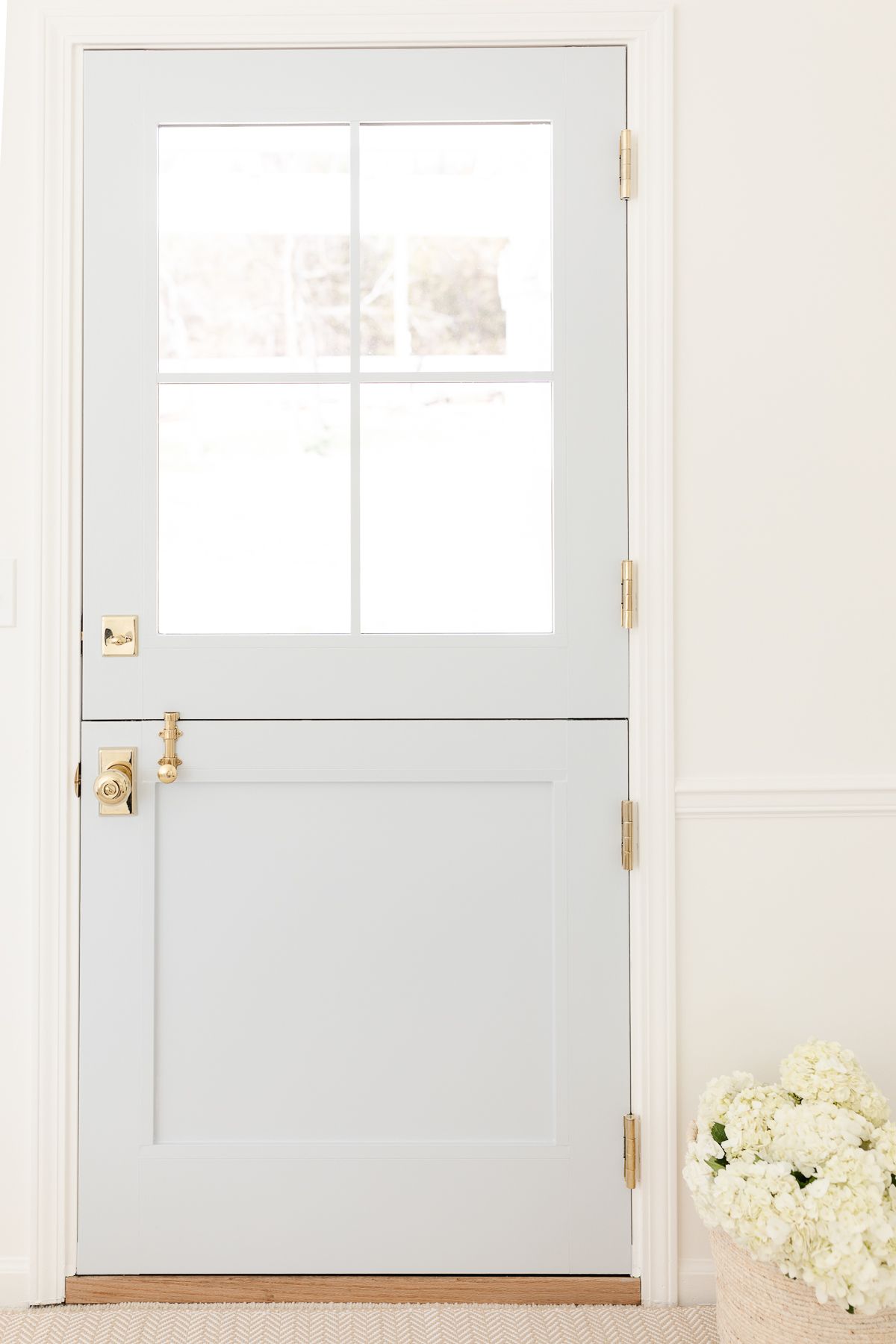
A few years ago, I discovered liquid sander deglosser. It’s a life changing product that has been around for years, but I just never noticed it nestled in on the shelf at the home improvement store.
To navigate this post with ease, use the drop down Table of Contents menu below. And don’t forget to pin and save it for later, too!
Can You Paint Over Stained Wood?
Of course. But you don’t want to do it without a little prep work first!
To get paint to adhere to wood, you have to sand it, to rough up the surface. This allows the paint to grip the surface, especially with anything that’s varnished.
As we all know, sanding is both messy and time consuming. Painting over stained wood can be such a chore!
I should know. We have painted dark cabinets, trim and doors in multiple homes now. You can easily paint over stained wood – if you sand first. It can take a long time.
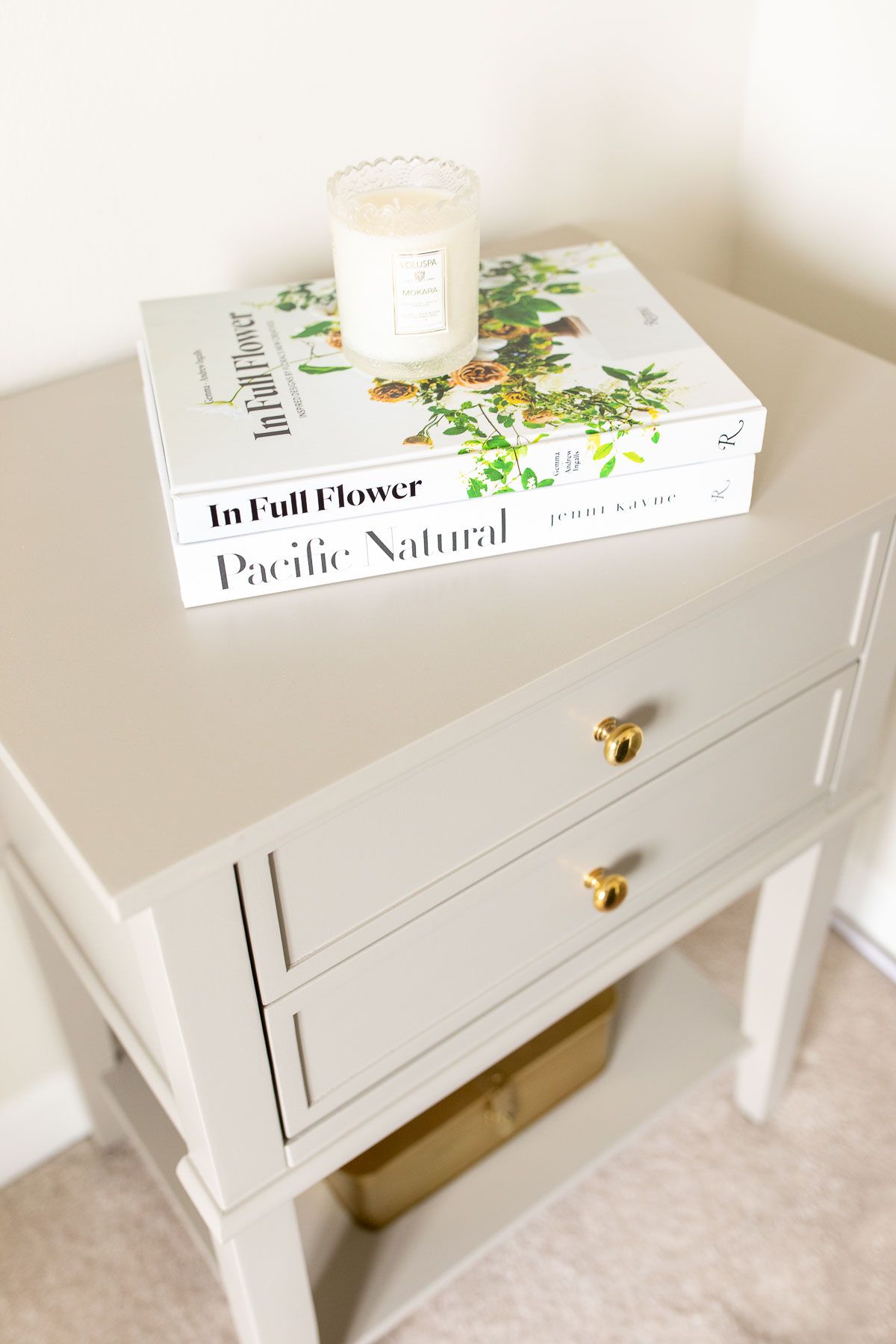
Why You’ll Love Liquid Sandpaper
- Liquid sandpaper dulls a glossy surface, with far less effort! It’s a great alternative to sandpaper that provides that same “rough” surface for paint to adhere.
- A liquid sander deglosser brushes on quick and easy to remove the finish. It giving it a rough texture without the effort.
- It’s the easiest sanding shortcut and I’ve found it to be very effective! It hasn’t failed me yet!
Read more about our Dutch Door and Dutch Door Hardware. We recently painted this door Benjamin Moore Silver Gray using this sanding free paint technique!

Benefits of Using Liquid Sander Deglosser
- Save time – If you’ve ever sanded, you know just how time consuming it can be.
- Saves money – This costs about $9 and uses a paint brush. Sandpaper and sanding pads (or sanders) can really add up. One bottle of this goes a long way!
- Easier – Unlike sandpaper, liquid sandpaper can easily get into nooks, crannies and crevices. It also doesn’t require any special tools or elbow grease.
Liquid Sandpaper Test
Before you start a huge project, consider testing this product to ensure it’s right for your piece.
- Apply it as described below.
- Prime and paint a small area and allow the paint to dry.
- With your fingernail or coin, do a scratch test to ensure that the paint adhered to the wood properly.
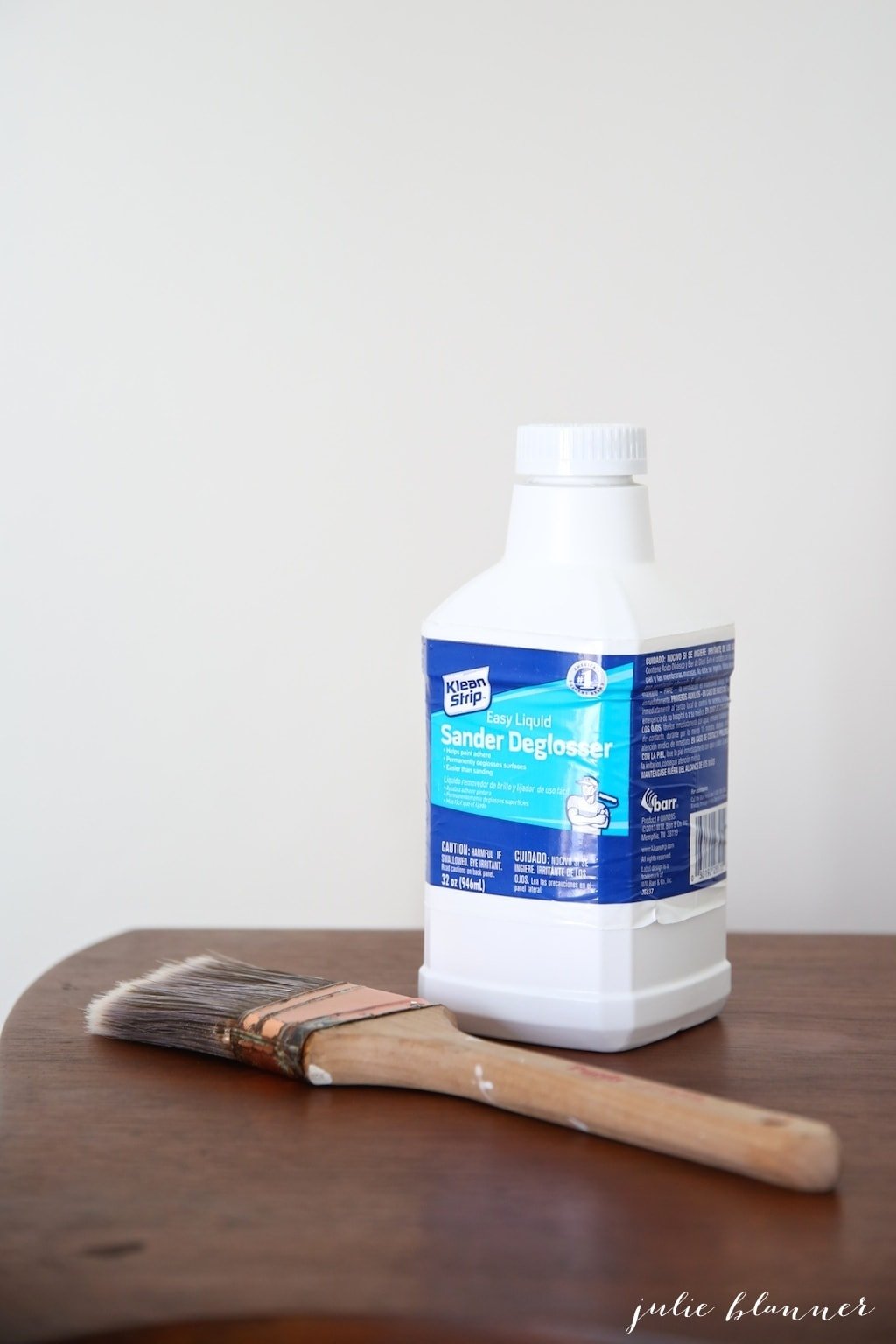
How to Paint Without Sanding
This was a glossy varnished buffet and you can see how dull it is after the deglosser. Work in a well ventilated area.
- Using the deglosser, apply with a paint brush over the surface of the wood. You can see how it dulled the stained wood in the image below.
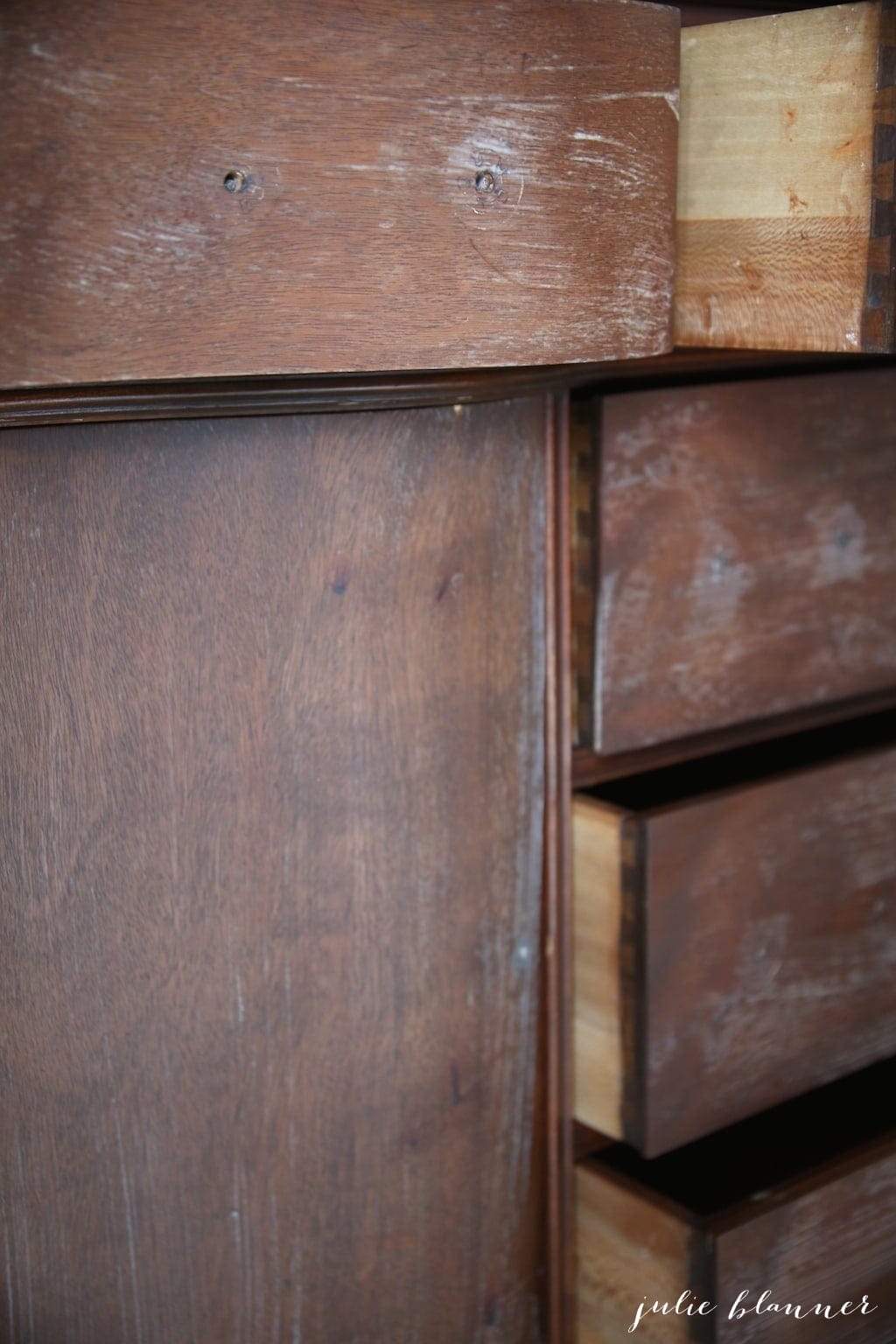
- Allow it to penetrate the wood for 15 minutes.
- Wipe it off with a lint free cloth. Then you’re ready to prime and paint as usual!

More Paint Tips
- After following the steps in this tutorial, move on to prime and paint using your favorite oil based or latex paint.
- I have used a water based latex paint, but if you’re painting over stained wood that goes through heavy duty use, consider an oil based paint for better longevity. Read about my favorite Furniture Paint here.
- Samples – Once you are ready to paint over your wood stained trim, doors or furniture, be sure to use paint samples!
Frequently Asked Questions
There are many primer and paint combinations on the market now, so it’s not necessary for many furniture pieces. However, if you’re painting cabinets or another item that needs to withstand heavy use, primer is always a great idea.
But who has time for that? Whether you are painting over stained wood, lacquered wood or existing paint, you can use liquid sander deglosser so that the new paint will properly adhere.
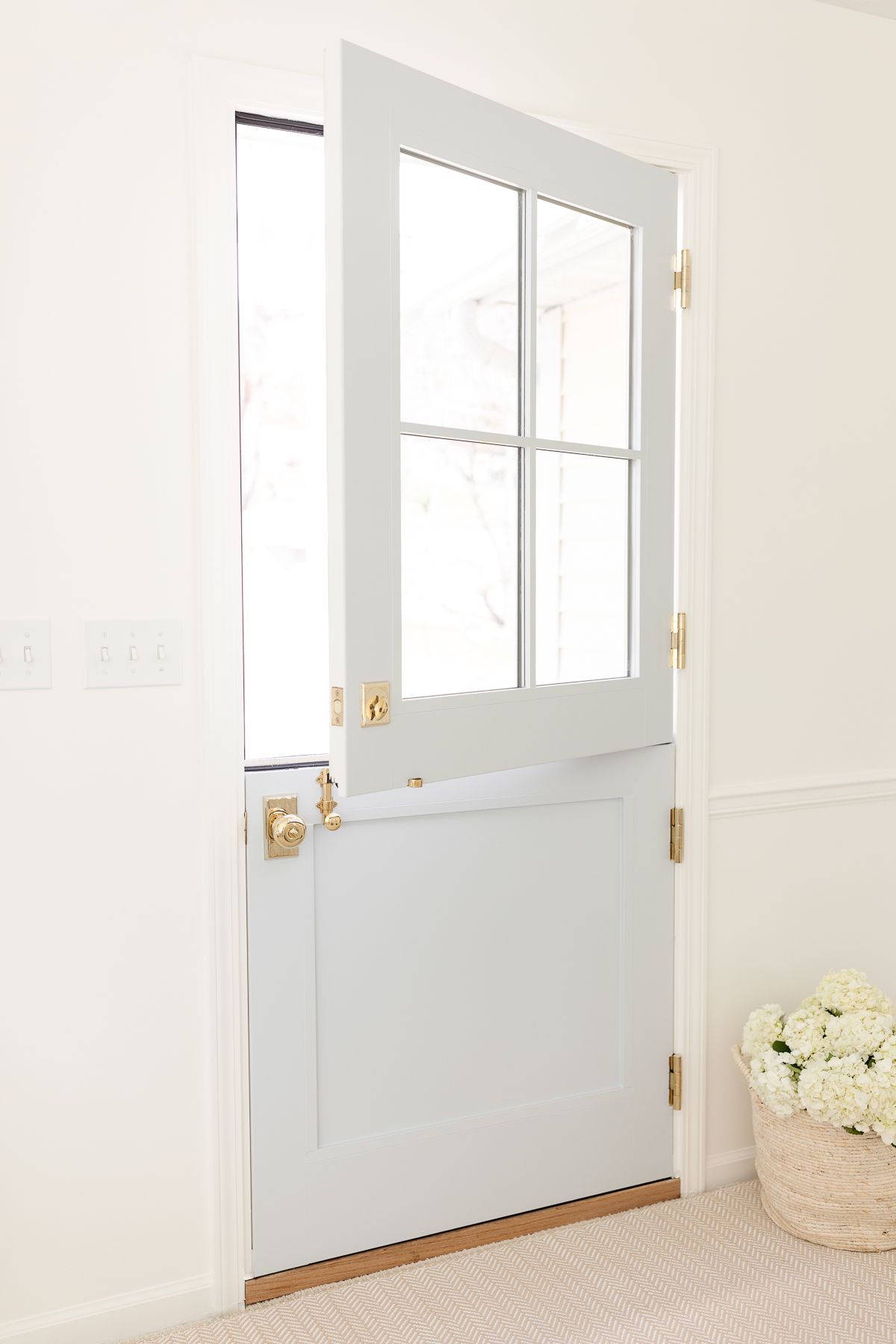
Where to Use Liquid Sandpaper
Cabinets
Remove cabinet doors and hardware to ensure you coat all surfaces of your cabinet. This works on dark wood, light wood, even previously painted cabinets.
Trim and Mouldings
Trim tends to experience a lot of wear and tear. Even the darkest stained wood can benefit from liquid sander deglosser and be primed and painted white or the color of your choice!
Furniture
Give a piece a facelift using liquid sander. Remove hardware. Make sure you do any drawers or cabinet doors separately to get all surfaces and corners.
Doors
Remove hardware and take it off of hinges to get all surfaces. This even works on inexpensive hollow core doors.
You may have seen my pin how to paint without sanding on Pinterest…you can pin it here to save this idea for later!
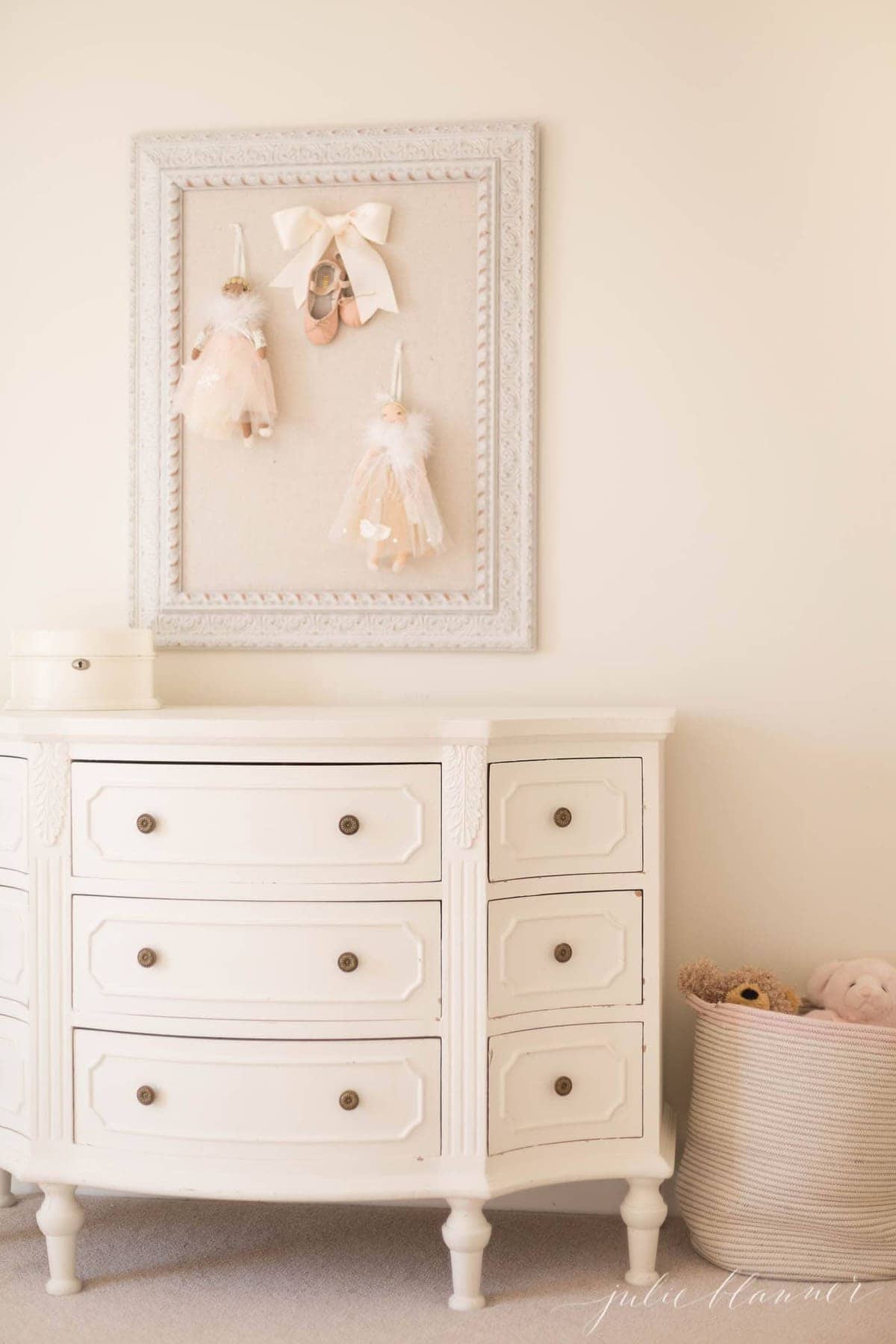
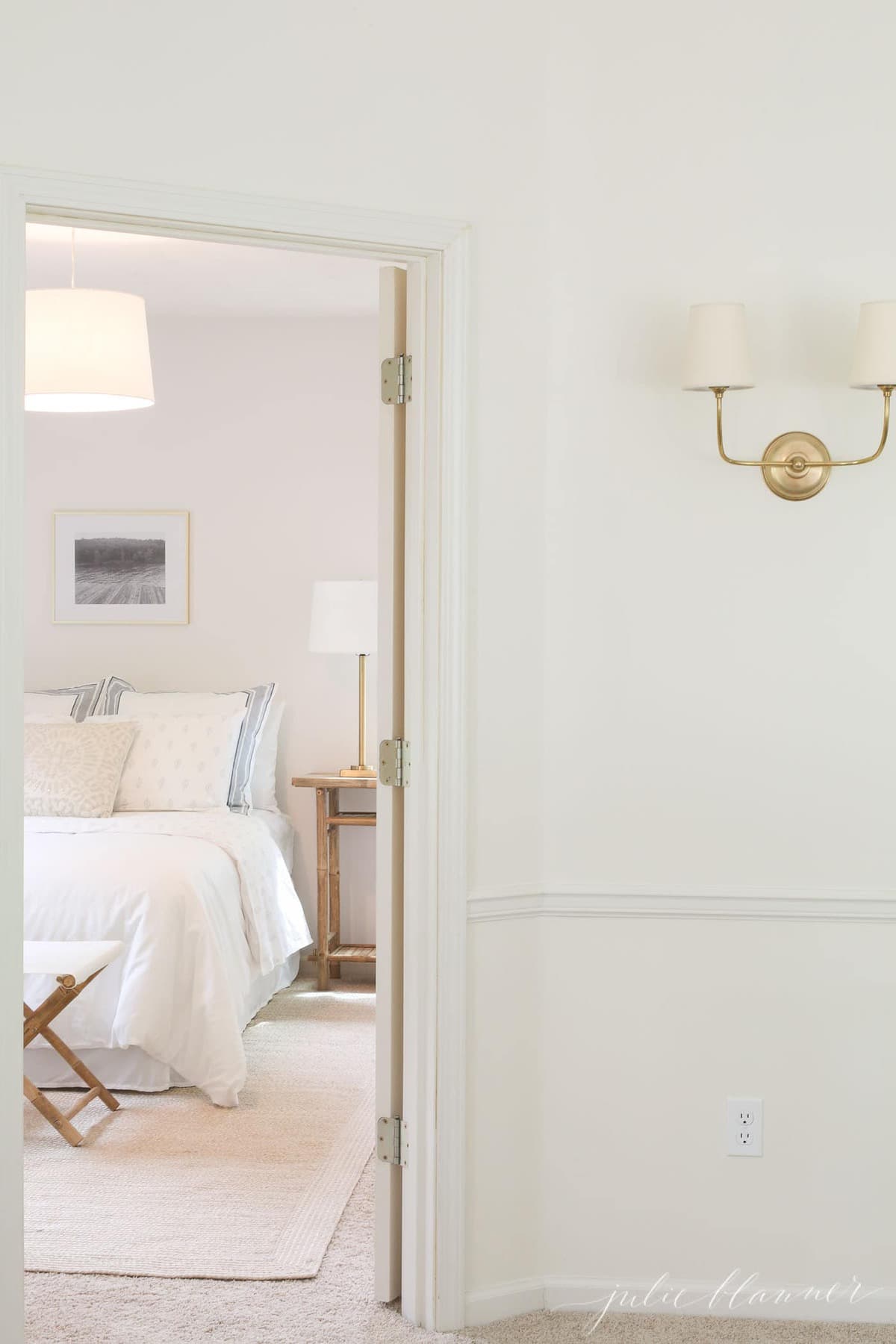
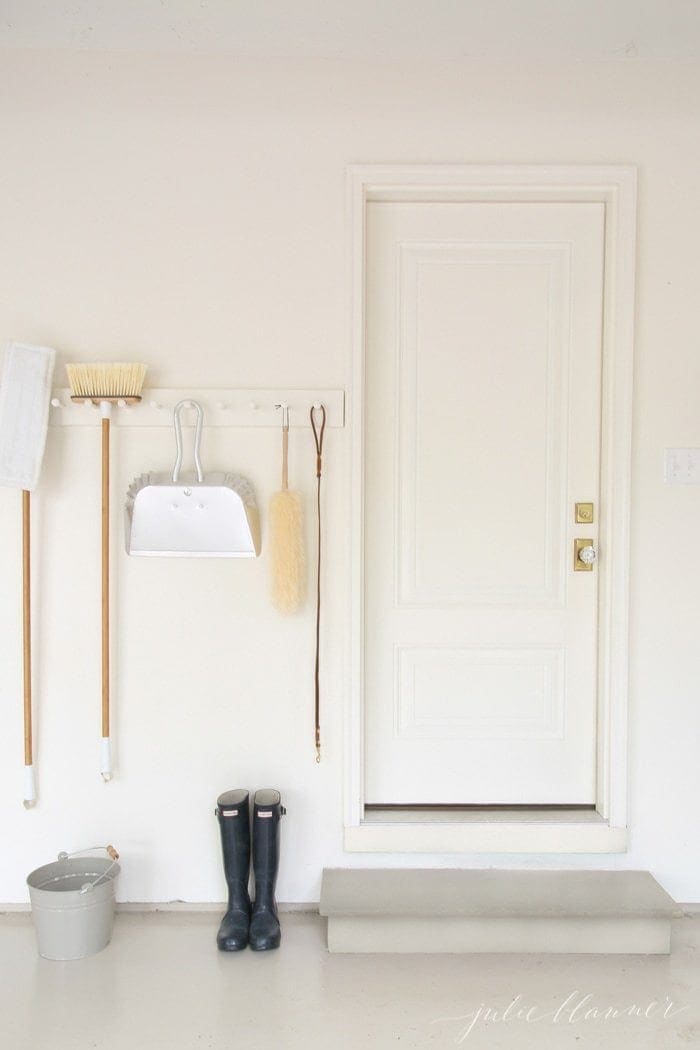
What paint projects are you working on? I’d love to hear from you!
Join Our Community
Let’s keep in touch! Receive exclusive content, including never-seen-before photos, our favorite home decor DIYs and more!
More Paint Tips and Colors
- Favorite Cream Paint Colors
- How to Paint Linoleum
- Our Neutral Paint Colors
- Paint Sheens
- Painting Interior Doors
- The Ultimate Guide to Trim Paint
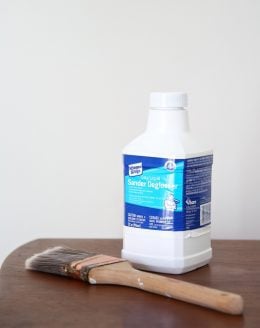
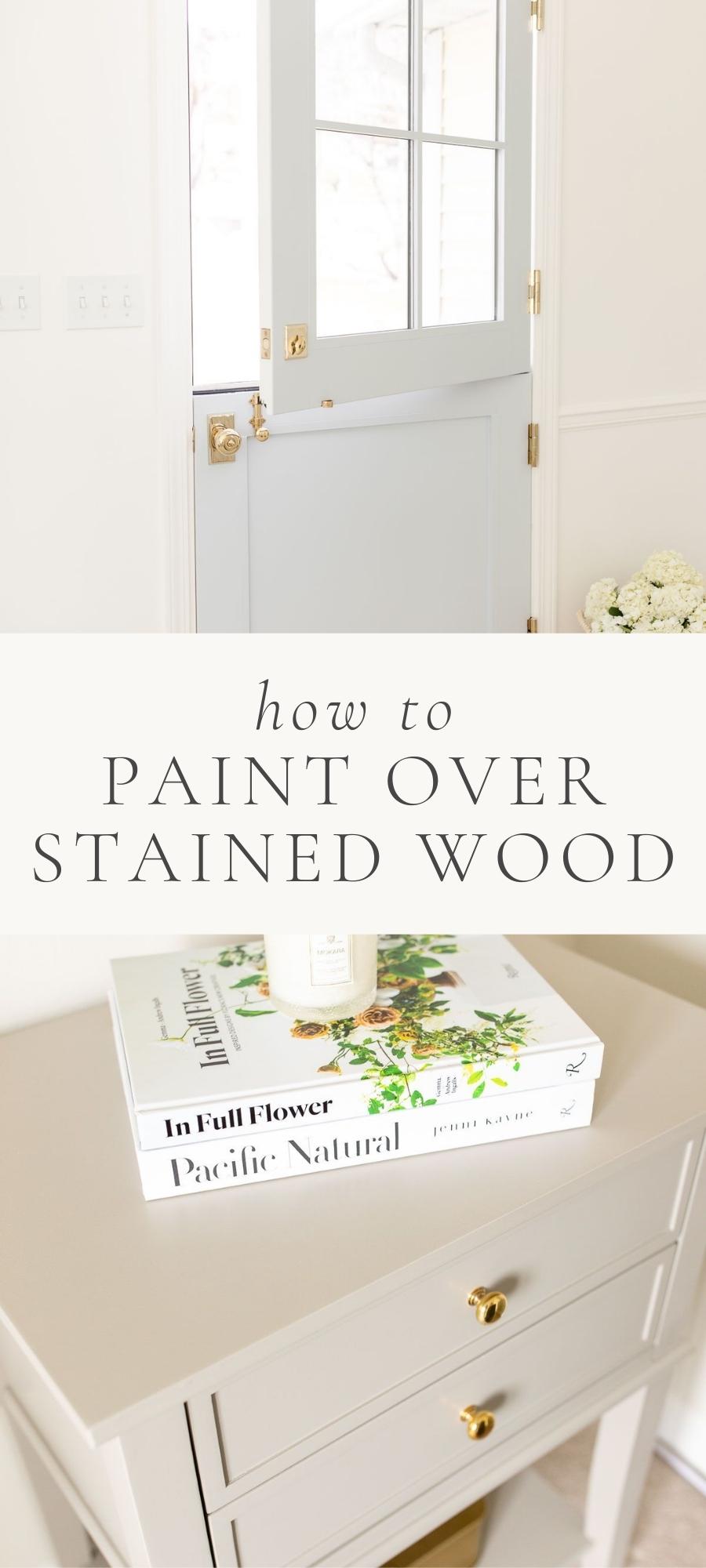
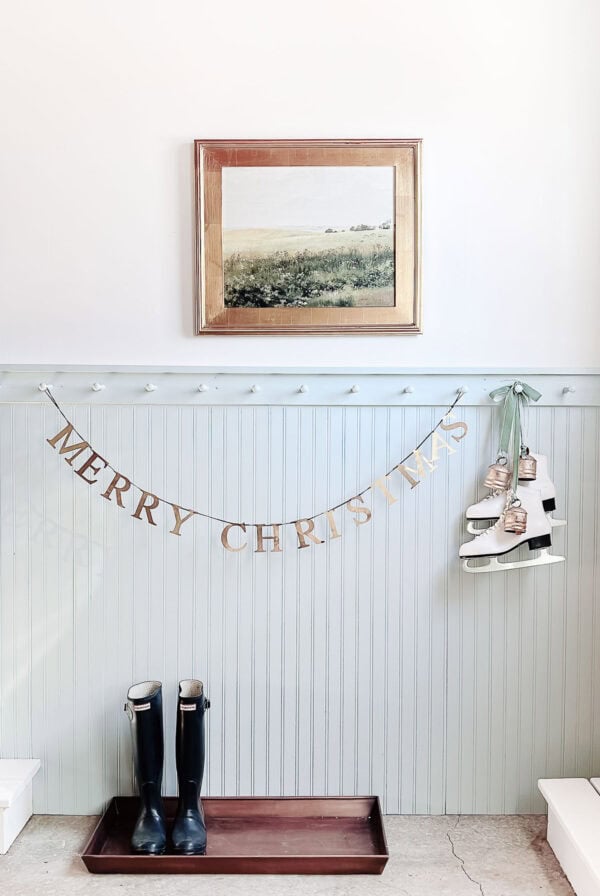








I am going to paint a mismatched China hutch I acquired. Unfortunately it reeks of cigarette smoke. I’ve already washed it with vinegar water with slight improvement. I know Kilz makes a primer for odor control. Any experience with that or suggestions? The finish isn’t very glossy anymore so I’m no even sure about sanding (which I’m trying to avoid). Thanks!
My only recommendation would be a great primer like Kilz, unfortunately. Another option would be to store it in a garage that you could leave cracked to see if a little fresh air helps, too.
Julie I just wanted to let you know that I recently used Annie Sloan Graphite paint and her new Black Wax….to get a beautiful black finish on my end tables.
Will the deglosser be ok to use on painted white kitchen cupboards? Want to paint over the oil paint with latex based.
Absolutely! Oil paint vs latex may cause more issues. I’d consult a paint store first.
My daughter has white bedroom furniture. She wants it painted black. Should I use the deglosser and then paint it. Or should I use black Annie Sloan chalk paint? This is my first project and I want it to be easy, but also done right so it will last.
Either would work well, it just depends on the aesthetic you’re going for.
Hi Julie!
I’m new to the DIY world but have a couple questions. I have a wood headboard that is dark brown with a shiny finish. I also have a black vanity that also has a shiny finish, that i believe is also wood. My daughter wants both of them painted white but I’m a bit nervous. Would you suggest using the sander deglosser on both or the chalk paint? Just not sure which way I should go. Thank you so much for any suggestions as I take on these first projects!
Michele
I’ve never used chalk paint, but the deglosser will work well. Best wishes! I’m sure she’ll love them!
I must be reading this wrong…In the comments above in Feb 2015, you told Susan that you used chalk paint “all the time.” If you have used it, do you recommend using it, or do you prefer the deglosser method?
I used to. I love the finish of a traditional paint, the array of colors to choose from and feel chalk paint is kind of dated now.
This also gives a chip free finish.